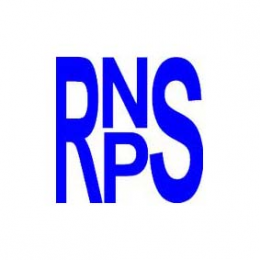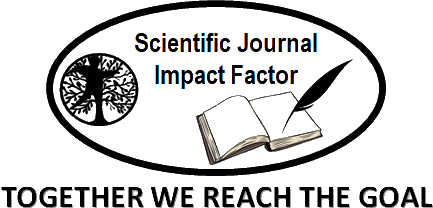Noonan syndrome: case presentation
Abstract
Introduction: Noonan Syndrome is a monogenic disease of autosomal dominant inheritance and highly variable clinical expression, little known, produced by a mutation in chromosome 12q22.
Objective: To present the case of a newborn with phenotypic characteristics of Noonan Syndrome.
Clinical case: A case is presented of a white, male newborn product of dystocic cesarean delivery due to polyhydramnios and Doppler flowmetry altered at 37.1 weeks, who was born vigorous with facial and thoracic dysmorphic features for which he was admitted to neonatology.
Conclusions: Noonan Syndrome is a rare disease characterized by phenotypic variations similar to those of Turner Syndrome and its diagnosis is based on the clinical method and genetic counseling.
DeCS: NOONAN SYNDROME/diagnostic imaging; DNA COPY NUMBER VARIATIONS; NEONATOLOGY; FACIAL ASYMMETRY/congenital; CASE REPORTS.
Downloads
References
2. Mueller RF, Young ID. Emery Genética Médica. 10ma ed. Madrid: Marban Libros; 2001.
3. Behrman RE, Kliegman RA, Arvin AM. Tratado de Pediatría de Nelson. 15va ed. Madrid: McGraw-Hill Internamericana; 1998.
4. Pérez Aguedo D, Pérez Recio Y, Chang Velázquez J, Tamayo Lamothe E, Pérez Aguedo D, Machin Pérez J. Síndrome de Noonan. Presentación de un caso. Correo cient méd [Internet]. 2018 Ene-Mar [citado 12 Jun 2019]; 22(1). Disponible en: http://scielo.sld.cu/scielo.php?script=sci_arttext&pid=S1560-43812018000100014
5. Salas Gutiérrez RM, Duran I. Síndrome de Noonan. Presentación de un caso. Salus [Internet]. 2018 [citado 30 Abr 2021];22(3):36-40. Disponible en: https://www.redalyc.org/journal/3759/375964054008/html/.
6. Quintero Noa JL, García Martinez DA, Hernández Cordero MC, Báez Allende L, Valls Pérez O. Hipoacusia neurosensorial en un síndrome de Noonan y secuencia Poland. Rev cuban pediatr [Internet]. 2010 Jul-Sep [citado 26 Abr 2021];82(3):62-68. Disponible en: http://scielo.sld.cu/scielo.php?script=sci_arttext&pid=S0034-75312010000300007
7. Ballesta Martinez MJ, Guillén-Navarro E. Síndrome de Noonan. Protoc diagn ter pediatr [Internet]. 2010 [citado 26 Abr 2021];1:56-63. Disponible en: http://www.noonanasturias.com/wp-content/uploads/2015/07/3.-PROLOCOLO-AEPED-REVISIONES.pdf
8. Tartaglia M, Cordeddu V, Chang H, Shaw A, Kalidas K, Crosby A, et al. Paternal Germline Origin and Sex Ratio Distortion in Transmission of PTPN11 Mutations in Noonan Syndrome. Am J Hum Genet [Internet]. 2004 Sep [citado 26 Abr 2021];75(3):492-97. Disponible en: https://www.ncbi.nlm.nih.gov/pmc/articles/PMC1182027/.
9. Shah N, Rodríguez M, Louis D, Lindley K, Milla P. Feeding difficulties and foregut dismotility in Noonan’s syndrome. Arch Dis Child [Internet]. 1999 Jul [citado 26 Feb 2021];81(1):28-31. Disponible en: https://www.ncbi.nlm.nih.gov/pmc/articles/PMC1717976/
10. Ranke MB, Heidemann P, Knupfer C, Enders H, Schmaltz AA, Bierich JR. Noonan syndrome: growth and clinical manifestations in 144 cases. Eur J Pediatr. 1988 Dic; 148(3): 220-227.
11. Allanson JE. Noonan syndrome. Am J Med genet Part C Semin Med Genet [Internet]. 2007 [citado 30 Abr 2021];145:274-279. Disponible en: https://onlinelibrary.wiley.com/doi/10.1002/ajmg.c.30138
12. Croonen EA, van der Burgt I, Kapusta L, Draaisma JM. Electrocardiography in Noonan syndrome PTPN11 gene mutation -phenotype characterization. Am J Med Genet A [Internet]. 2008 [citado 30 Abr 2021];146:350-53. Disponible en: https://onlinelibrary.wiley.com/doi/10.1002/ajmg.a.32140













